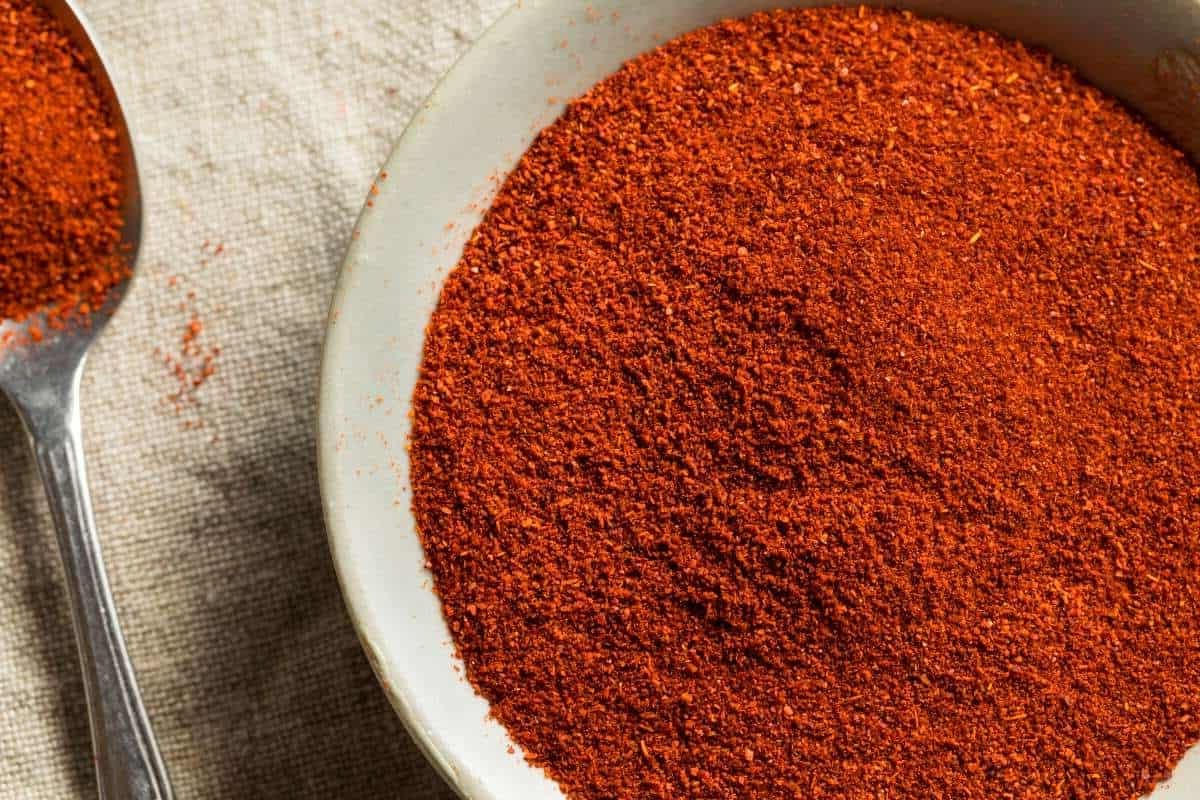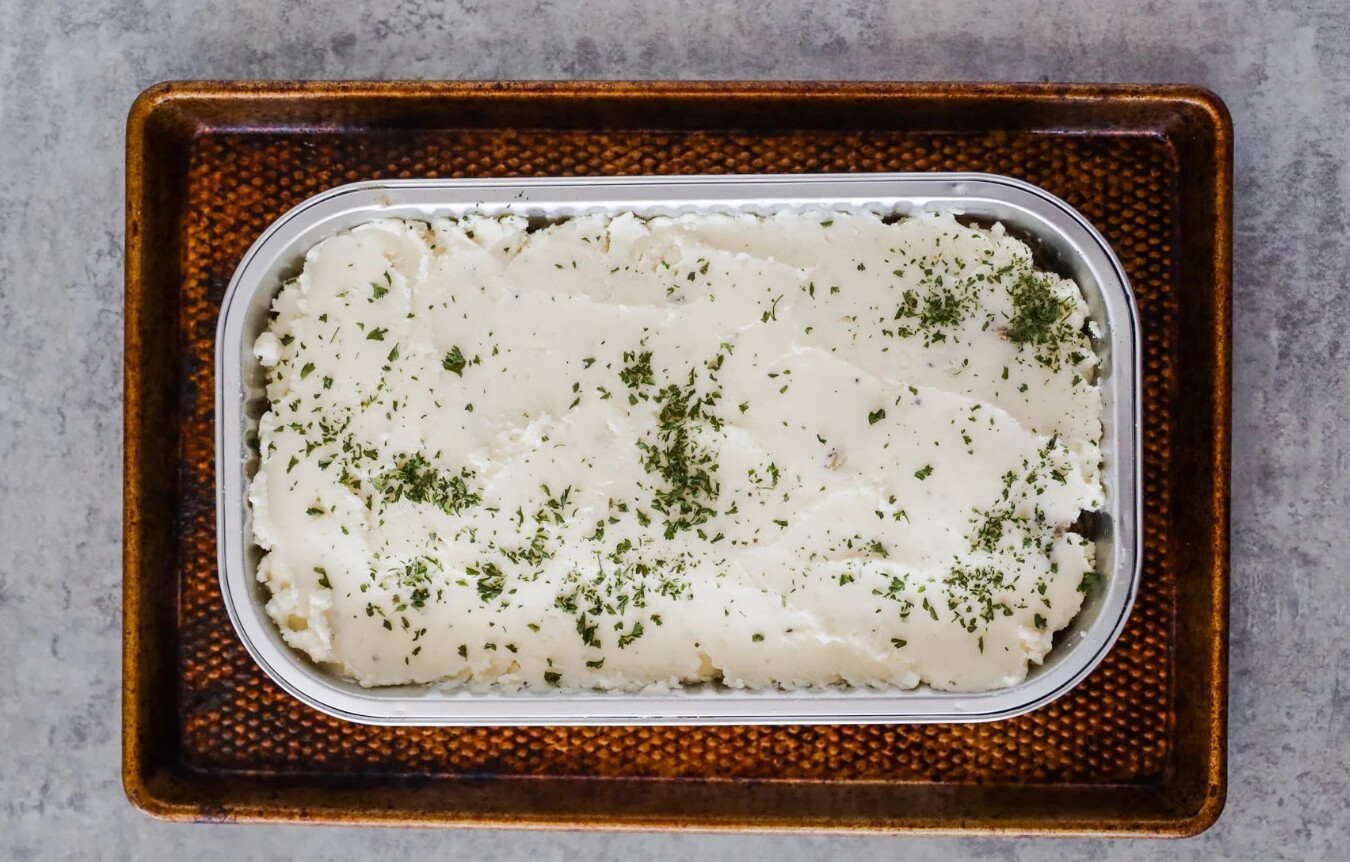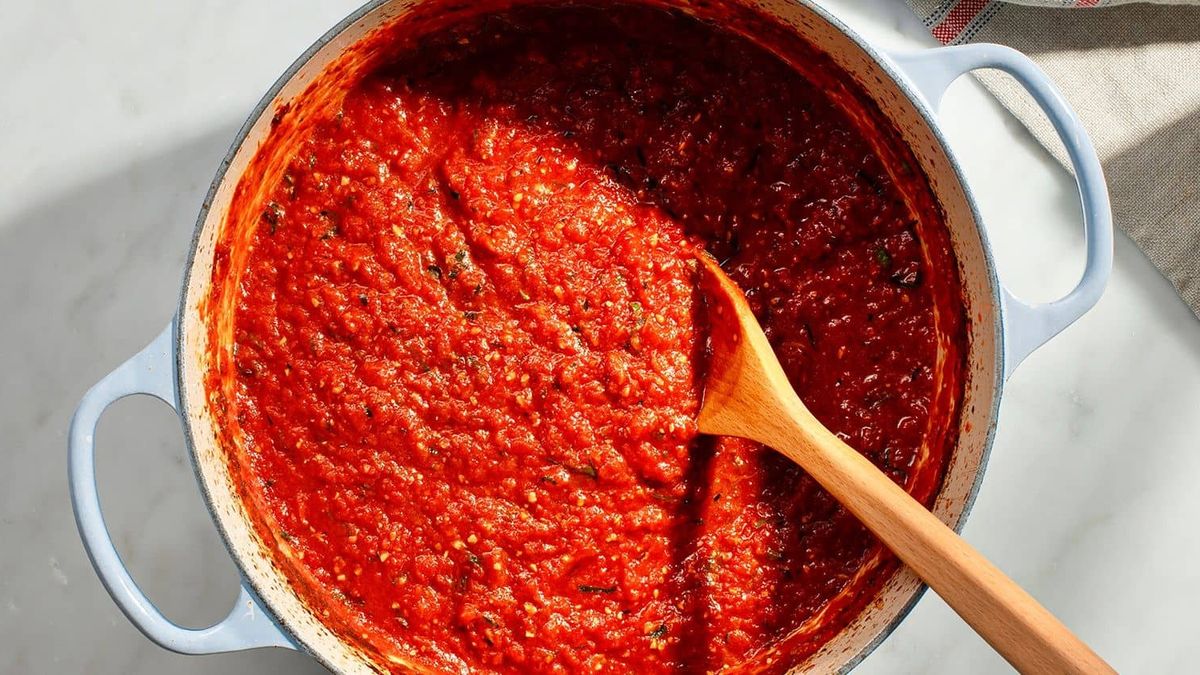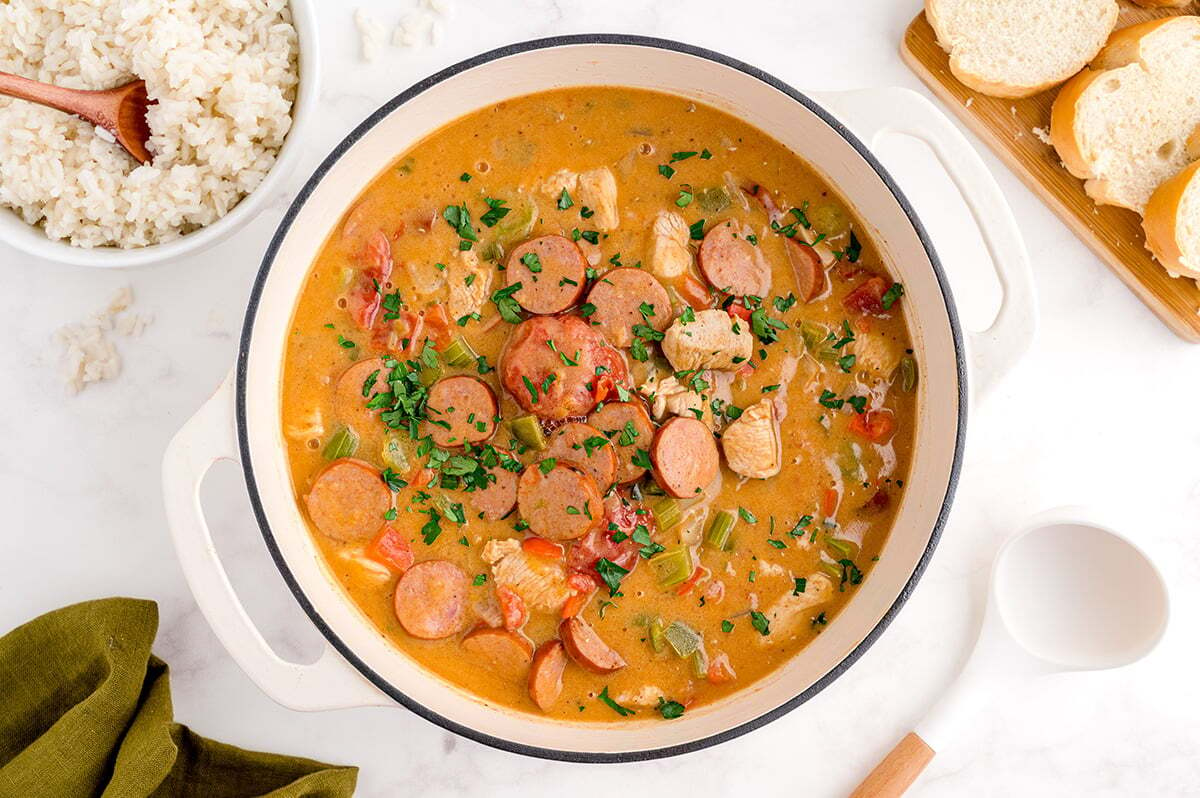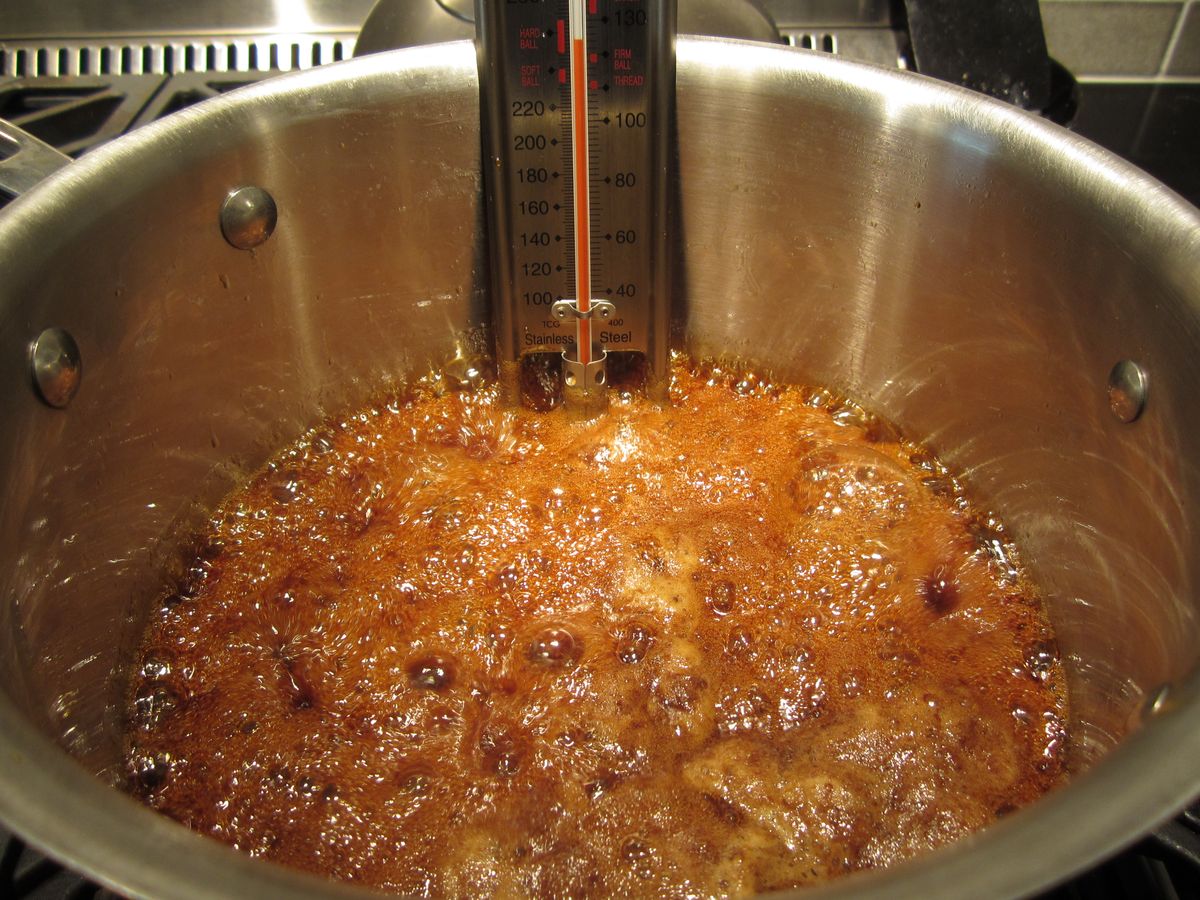The Difference Between Spaghettini and Angel Hair Pasta
When it comes to pasta, there are so many different types to choose from. From penne to rigatoni to linguine, the options can be overwhelming. Two types of pasta that are often confused are spaghettini and angel hair. While they may seem similar, there are some key differences between the two that can affect the outcome of your dish.
Spaghettini
Spaghettini is a type of pasta that is long, thin, and round in shape. It is slightly thicker than angel hair pasta, giving it a bit more bite and texture when cooked. Spaghettini is often used in dishes where a slightly heartier pasta is desired, such as in thicker sauces or with chunkier ingredients. It is a versatile pasta that can hold up well in a variety of dishes.
Angel Hair
Angel hair pasta, on the other hand, is the thinnest and most delicate of all the long pasta shapes. It is much finer than spaghettini and has a more delicate texture. Angel hair pasta cooks very quickly and is best suited for light, delicate sauces. Its thin strands make it a great choice for dishes where the pasta plays a supporting role to the other ingredients.
Key Differences
Now that we understand the basic characteristics of spaghettini and angel hair pasta, let’s summarize the key differences between the two:
- Thickness: Spaghettini is thicker than angel hair pasta, giving it a heartier texture.
- Texture: Angel hair pasta is delicate and fine, while spaghettini has a bit more bite.
- Best Uses: Spaghettini is best suited for dishes with thicker sauces or chunkier ingredients, while angel hair pasta is ideal for light, delicate sauces.
Which One Should You Choose?
When deciding between spaghettini and angel hair pasta, consider the type of dish you are preparing. If you’re making a rich, hearty sauce with substantial ingredients, spaghettini may be the better choice as it can hold up to the robust flavors. On the other hand, if you’re creating a light, delicate dish with subtle flavors, angel hair pasta would be the more suitable option.
Ultimately, the choice between spaghettini and angel hair pasta comes down to personal preference and the specific requirements of the dish you are preparing. Both types of pasta have their own unique characteristics that can enhance the overall dining experience.
In Conclusion
While spaghettini and angel hair pasta may appear similar at first glance, their differences in thickness and texture make them better suited for different types of dishes. Understanding these nuances can help you make the right choice when selecting pasta for your next culinary creation.
Whether you opt for the heartier bite of spaghettini or the delicate strands of angel hair, both types of pasta have their own place in the world of Italian cuisine. Experiment with both to discover which one best complements your favorite pasta dishes!
Was this page helpful?
Read Next: What Is Shaved Grana?

